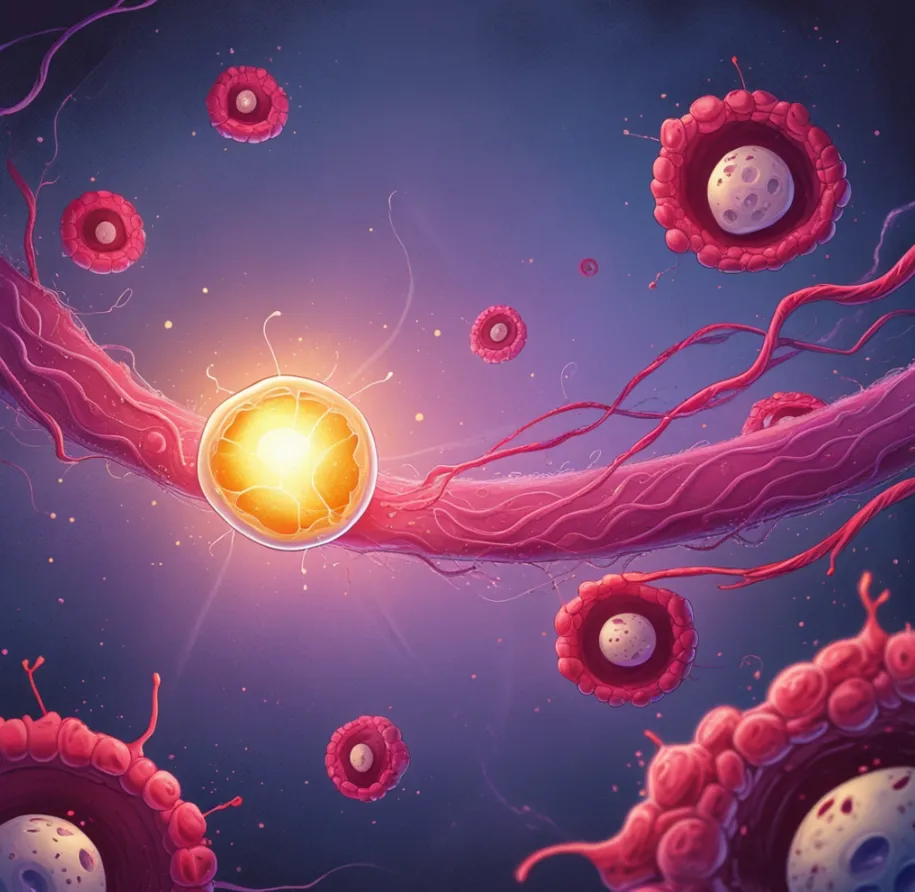Symptoms of leukemia in adults
Symptoms of leukemia in adults. Leukemia is cancer of the body’s blood-forming tissues, including the bone marrow and the lymphatic system. Many types of leukemia exist. Some forms of leukemia are more common in children. Other forms of leukemia occur mostly in adults.
Leukemia usually involves the white blood cells. Your white blood cells are potent infection fighters — they normally grow and divide in an orderly way, as your body needs them. But in people with leukemia, the bone marrow produces an excessive amount of abnormal white blood cells, which don’t function properly.

Treatment for leukemia can be complex — depending on the type of leukemia and other factors. But there are strategies and resources that can help make your treatment successful.
Summary:
Leukemia is a cancer affecting blood-forming tissues, leading to abnormal white blood cells. Treatment varies by type but can be managed with proper strategies.
Symptoms
Leukemia symptoms vary, depending on the type of leukemia. Common leukemia signs and symptoms include:
- Fever or chills
- Persistent fatigue, weakness
- Frequent or severe infections
- Losing weight without trying
- Swollen lymph nodes, enlarged liver or spleen
- Easy bleeding or bruising
- Recurrent nosebleeds
- Tiny red spots in your skin (petechiae)
- Excessive sweating, especially at night
- Bone pain or tenderness
Leukaemia signs and symptoms
Many people with leukaemia have no symptoms. The symptoms tend to be mild at first and worsen slowly.
The main symptoms include:
- tiredness and/or anaemia (pale complexion, weakness and breathlessness)
- repeated infections (mouth sores, sore throat, fevers, sweats, coughing, frequent passing of urine with irritation, infected cuts and scratches, and boils)
- increased bruising and bleeding
Other less common symptoms include:
- bone pain
- swollen, tender gums
- skin rashes
- headaches
- vision problems
- vomiting
- enlarged lymph glands
- enlarged spleen that may cause pain or discomfort
- chest pains.
When to see a doctor
Symptoms of leukemia in adults. Make an appointment with your doctor if you have any persistent signs or symptoms that worry you.
Leukemia symptoms are often vague and not specific. You may overlook early leukemia symptoms because they may resemble symptoms of the flu and other common illnesses.
Sometimes leukemia is discovered during blood tests for some other condition.
How does leukemia develop?
Leukemia begins in bone marrow, the soft spongy tissue in the inner cavity of your bones, where your body’s blood cells are made. Blood cells go through multiple stages before reaching their fully mature forms. Mature, normal blood cells include:
- Red blood cells: Cells that carry oxygen and other vital materials to all tissues and organs in your body.
- White blood cells: Cells that fight infection.
- Platelets: Cells that help your blood clot.
These blood cells start as hematopoietic (hemo = blood, poiesis = make) stem cells. The stem cells develop into either myeloid (MAI-uh-loyd) cells or lymphoid (LIM-foyd) cells. If blood cells were to continue to develop normally, the mature forms of these cells are as follows:
- Myeloid cells develop into red blood cells, platelets and certain types of white blood cells (basophils, eosinophils and neutrophils).
- Lymphoid cells develop into certain white blood cells (lymphocytes and natural killer cells).
However, if you have leukemia, one of the developing blood cells begins to multiply out of control. These abnormal cells — called leukemia cells — begin to take over the space inside of your bone marrow. They crowd out the cells trying to develop into healthy red blood cells, white blood cells and platelets.
Summary:
Leukemia starts in the bone marrow, where blood cells are made. Abnormal cells multiply uncontrollably, crowding out healthy red cells, white cells, and platelets.
How does leukemia affect my body?
Having too many leukemia cells and too few normal cells is harmful for several reasons:
- Leukemia cells serve no purpose in keeping you healthy.
- Normal blood cells have very little space and support to mature and multiply inside of your bone marrow because the leukemia cells overtake them.
- Fewer red blood cells, healthy white blood cells and platelets are made and released into your blood. As a result, your body’s organs and tissues won’t get the oxygen needed to work properly. Also, your body won’t be able to fight infections or form blood clots when needed.
Diagnosis of leukaemia
If your doctor suspects you may have a form of leukemia, you will have one or more of the following tests to help diagnose, and determine the type of leukemia:
Blood tests
An initial blood test will show if leukaemia cells are present in the blood or if the levels of blood cells are different to what would be expected in a healthy person.
Bone marrow biopsy
A small amount of bone marrow is removed from the hip bone (pelvic bone) using a long needle. As the procedure can be uncomfortable and even painful, a local anaesthetic will be used to numb the area and you may be given some pain-killers. It is common for children to have a general anaesthetic.
Chest x-ray
A chest x-ray is taken to check the heart and lungs, and to see whether there are enlarged lymph nodes in the chest.

Lumbar puncture
This test shows if any leukaemia cells have travelled to the fluid around your spine. Fluid is removed with a thin needle from a space between the bones in the lower back. This takes a few minutes, but as it can be uncomfortable, your doctor will use a local anaesthetic to numb the area.
After a diagnosis of leukemia
After a diagnosis of leukaemia it is normal to experience a range of emotions such as anxiety, distress, uncertainty, sadness and confusion. At the same time treatment decisions will need to be made.
Your doctor should discuss the different treatment options with you including the likely outcomes, timeframes, potential side effects and risks and benefits. It is up to you how involved you want to be in decisions about your treatment so get as much information as you need.
Symptoms in different skin tones
Some symptoms of blood cancer can look different on different skin tones.
- Bruises generally start as red patches which change colour and get darker over time. They often feel tender. On black and brown skin, bruises may be difficult to see initially, but as they develop, they show up as darker than the skin around them.
- Rashes often appear as clusters of tiny spots (petechiae) or larger blotches (purpura). On black and brown skin, they may look purple or darker than the surrounding skin. On lighter skin, they typically look red or purple. If you press on them, petechiae and purpura don’t fade.
- Paleness (pallor) might mean someone looks unusually pale because they have too few red blood cells. Pallor is often more immediately noticeable in light skin. People with black or brown skin may look greyish and their palms may look paler than usual. They might also notice pallor in their lips, gums, tongue or nail beds. In all skin tones, pallor can be seen by pulling down the lower eyelid. The inside is normally dark pink or red, but if it’s pale pink or white, it’s a sign of pallor.
Summary:
Blood cancer symptoms like bruises, rashes, and pallor vary across skin tones. Bruises may appear darker, rashes purple, and pallor greyish on darker skin tones, while appearing red or pale on lighter skin.





